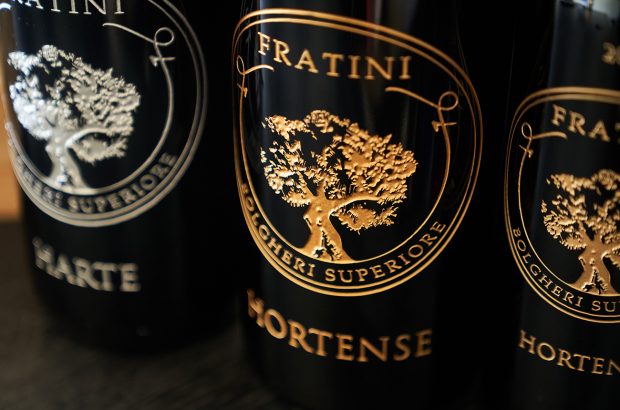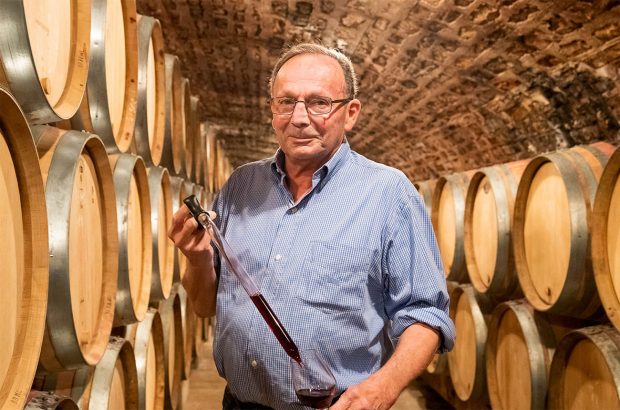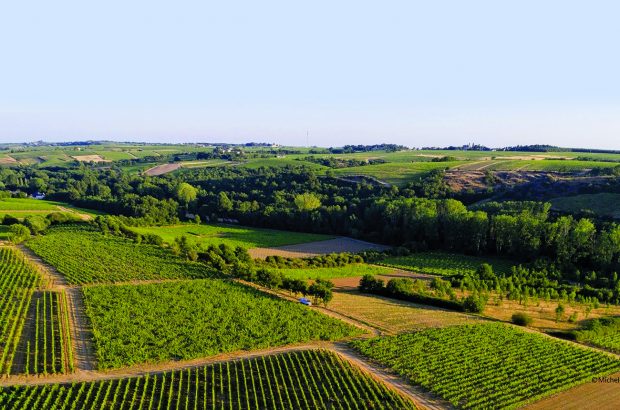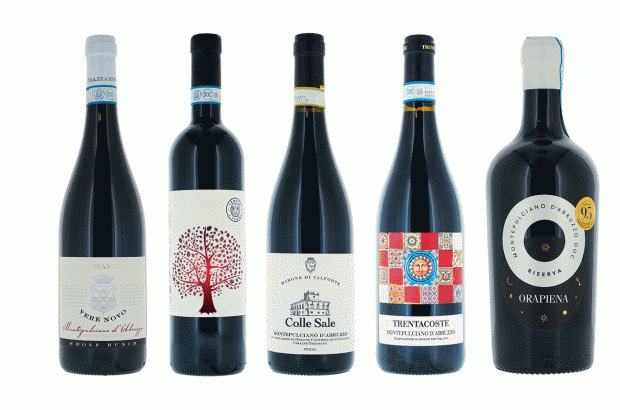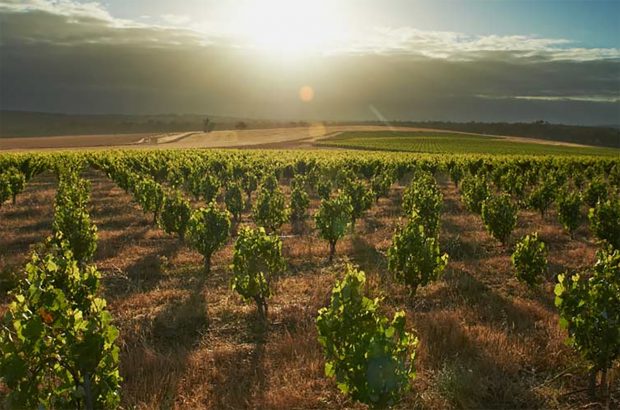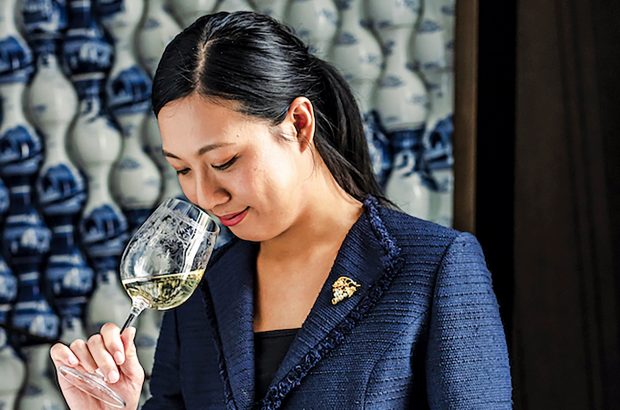Lavender. I can still clearly remember finding this incredible smell of dried lavender in the first glass of Great Southern Riesling I ever tried. It blew me away, too: it was so unlike the limes and lemon zest and tangerines I was used to smelling in Riesling from the more famous regions of Clare and Eden Valley in South Australia. This lavender experience immediately told me that the Great Southern was different – that there was something about the place that made its wines quite distinct.
I soon learned that the name Great Southern is an enormous net catching a shoal of regions in the far south of Western Australia down towards Albany. From windswept Albany itself up to the Porongurup ranges and Mount Barker, then across to the wide open country of Frankland and down to the national parks and forests around Denmark, back on the coast, dozens of vineyards are busy producing grapes and making wine.You have to drive to the Great Southern down the dead-straight Albany Highway from Perth to get a feel for how remote the region is. You could fly down, but then you’d miss the cute sign by the side of the highway just before Mount Barker which tells you that, if you’d flown, you’d have been here three hours ago.
The making of the Great Southern region
Its remoteness is one of the major reasons why the Great Southern wasn’t developed as a wine region until the early 1970s. People had suspected it might be good for grapes for years: Californian viticulturist Harold Olmo had recommended it for vines as early as the 1950s, and legendary winemaker, Jack Mann, who worked over 60 vintages for Houghtons, near Perth, had reckoned it might be worth a go years before that. The boutique winery boom and a burgeoning market for wine in the eastern states encouraged people to take the plunge.
And in the early years of the 1970s wine pioneer Tony Smith established Plantaganet wines in Mount Barker and the Langes established Alkoomi near Frankland. It didn’t take long for these pioneers to prove Olmo and Mann right, and over the next two decades the quality of the wines produced in the region – especially the tight, crisp, aromatic Riesling and intensely elegant Cabernets – encouraged many others to throw themselves at the mercy of the vine.Despite their distance from almost anywhere and in some cases from each other (perhaps because of this) the winemakers of the Great Southern project a strong sense of unity. Considering the region’s remoteness, it is also fairly surprising to find quite a few substantial wineries: Plantaganet, Howard Park (which recently moved its home to Margaret River) and Goundrey produce 10s of thousands of cases a year, contract-making for a number of smaller wineries in the region.
These large wineries wouldn’t exist if the region weren’t able to support equally large vineyards. And this is where the Great Southern’s contribution to the Western Australian industry is perhaps felt most keenly. I’ve lost count of the number of times I’ve been really impressed with a wine from a Swan Valley, or Geographe-based producer, only to discover by perusing the back label that the grapes actually came from Great Southern. Houghton, Sandalford, Capel Vale – the best wines that each of these producers makes, the fruit all comes from down here.
The Great Southern wines
As you’d expect from the cooler parts of this big region, Chardonnay can be very good: from Wignalls at Albany, Howard Park at Denmark, and Goundrey at Mount Barker it can be really quite complex, savoury-textured, creamy wine with good lingering flavours. Plantaganet make a lovely unwooded Chardonnay (sold under the Omrah label) with far more flavour and liveliness than most examples of this style produced elsewhere in the country. A few people do well with Sauvignon Blanc, too, in a very crisp, bracing style of wine (Alkoomi and Omrah again are the names to watch out for).It’s Riesling, though, that the Great Southern is deservedly famous for. The list of good producers is a long one – Howard Park, Frankland Estate, Alkoomi, Plantaganet, Chatsfield (also good Gewurztraminer), Capel Vale, Houghton, etc. – and the style is, as I’ve described already, quite a distinctive one. The best wines have some of the dry, steely austerity you find in Eden Valley Riesling (giving them a similar ability to age really well), but there is a unique juicy, floral quality to the aromas and flavours, often with more than a hint of that trademark Great Southern Riesling lavender smell. In some cases and in some years, when botrytis appears among the Riesling, these flavours can have an extra dimension of ripe, apricotty fruit – seen most clearly in Capel Vale’s Riesling from the evocatively-named Whispering Hill vineyard.
I find the Pinot Noirs from Great Southern, particularly those from right down south near Denmark and Albury, a logical extension of a distinctive WA style: Pinot can be big and rather closed in Margaret River, a little more supple and funky in Pemberton, and in Great Southern tends to lighten off in body but become quite wild and spicy (try one from Wignalls, or, if you can find it, Karriview to see what I mean).A lot of people are getting very excited about Shiraz down here, thanks to some medium-bodied but intensely peppery wines from Plantaganet, Goundrey and Frankland Estate (among others) and some atypical, heavily oaky wine show trophy winners from Houghton. I love the lighter, more peppery wines and think the variety does well, but the best reds I’ve had from this region have been dense, herbal, complex Cabernet-Merlot blends from producers like Plantaganet, Howard Park and, in slightly more elegant vein, Frankland Estate (the Olmo’s Reward) and Alkoomi.
The elegance and finesse of these wines has inspired lots of activity in this wide, remote part of the world, with huge vineyards going in around Frankland and Mount Barker in particular. You may not see many more Great Southern labels in the future, but you’ll certainly be tasting the wine.








